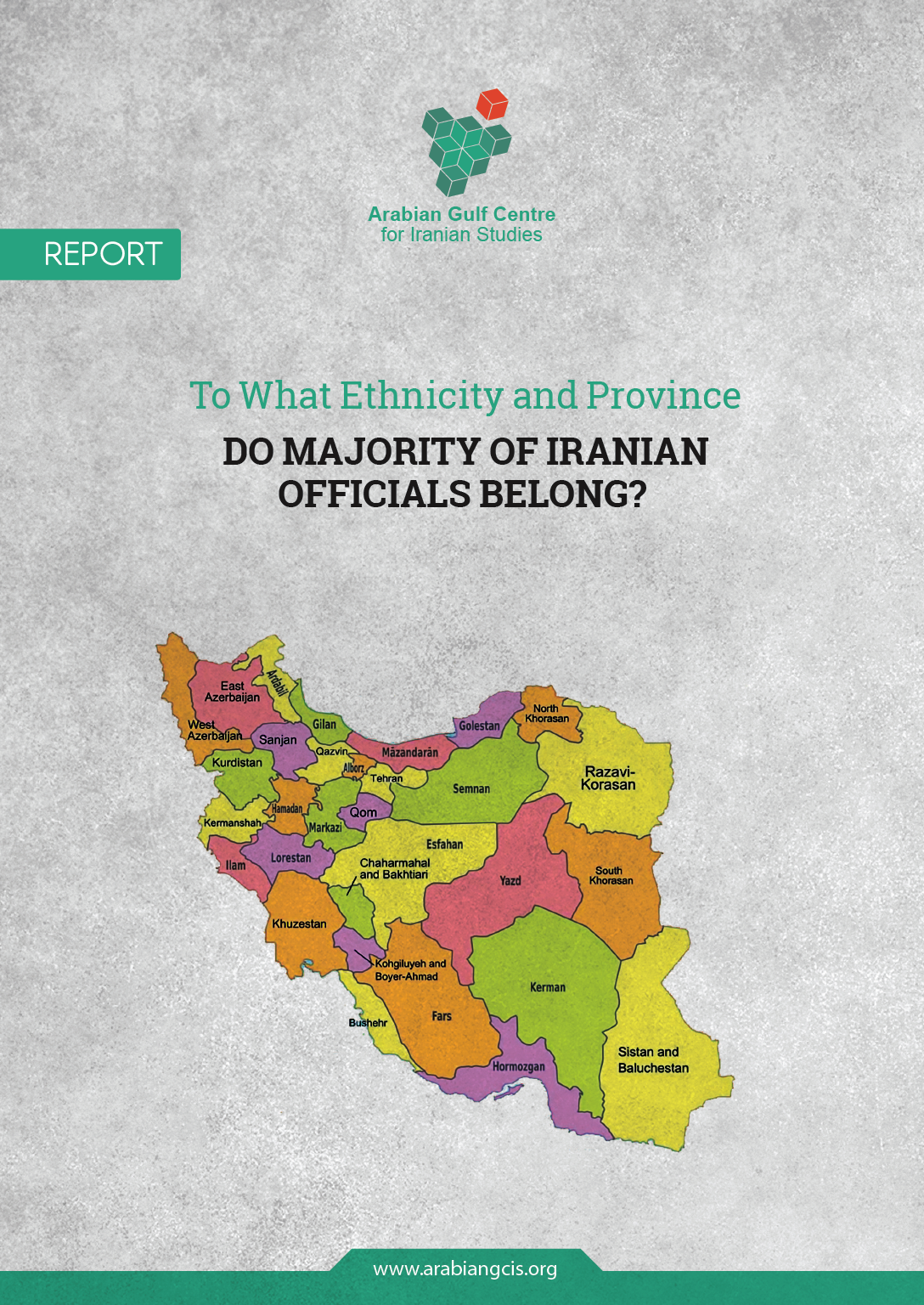A specialized Iranian researcher of Tabriz Center for Studies prepared this report on the ethnic and regional composition of the Iranian senior officials. According to a book issued by the institution of the presidency, the researcher classified those officials as high ethnic level in Iran. The researcher bent over backward to prepare such a report, given what have been referred that the Iranian Statistics Center usually refrains from providing official statistics on the national, religious, or even the doctrinal composition in Iran. Therefore, the researcher adopted some non-official resources, such as the CIA’s “World Fact Book,” in addition to some official remarks. Depending on previous, the researcher produced a report akin to accuracy, however, not by 100% accuracy. So, we should alert that the AGCIS provided only a translation for this report, thus, the researcher bears responsibility for all data accuracy. Nevertheless, the AGCIS staff noticed that the researcher did not exaggerate in percentages and figures provided in this report.
According to unofficial statistical surveys in Iran, while more than half of the population of Iran consists of non-Fars ethnic groups and nations, Statistical Center of Iran restraint to provide official statistics about ethnic composition, and this has resulted various estimates in this regard. The linguistic composition of Iranian population, according to CIA’s World Factbook, is 53% Persian and its dialects, 18% Azerbaijani Turkish and other Turkish dialects, 10% Kurdish, 7% Gilaki and Mazandarani, 6% Lori, 2% Baluchi, 2% Arabic, and 2% other languages. Accordingly, it can be claimed that only half of the country consists of Persian-speaking population. Some official remarks also confirm that Fars-ethnicity population in Iran is far less than half of Iran’s population.
Ali Akbar Salehi, Iran’s Foreign Minister during Mahmoud Ahmadinejad’s presidency, had a trip to Turkey in 2011, and in a press conference, said that 40% of Iran’s population consists of Turks. Given this number and adding the percentage of other ethnic populations and nations, Fars population of the country would be much far less than half of Iran’s population. The existence of this ethnic variety has resulted various national-ethnic demands in Iran—a country whose official laws limit the right to cultural life and development only to Persian language and culture. Studying the ethnicity and province of origin of high-ranking officials in different organizations and institutes in the Islamic Republic of Iran shows that ethnicity can be considered a significant feature in ranks and official responsibilities in the country, and some provinces have a more significant presence in these high-ranking positions. In what follows, we will examine the political structure of the Islamic Republic of Iran and the province of origin of senior officials in Iran’s military-political pillars.
» General Military-Political Structure in Iran
Iran is a kind of political establishment that was first suggested in 1956 by Iqbal Lahouri. It was proposed to make Pakistan independent from India and was used as the type of official government in Pakistan. Iqbal was under the influence of Ubermensch in Nietzsche’s thoughts. He created the philosophical concept of the “Islamic Republic” in his writings through formulating the idea of Perfect Man, that was first proposed by Ibn Arabi in Islamic thoughts, and combining it with Nietzsche’s Ubermensch philosophy. The general idea behind this kind of political system is rooted in Iqbal’s thoughts regarding
self-reliance, self-sufficiency, the revival of Islamic civilization, the encouraging return of Islam to the political domain, and opposing western civilization and its cultural and scientific achievements. This attitude towards the history of Islam, which was later more extensively theorized by Abul A’la Maududi, another Pakistani thinker, was then appropriated in Shia-centered works of Khomeini and became the government system in Iran in 1979. Now, apart from the Islamic Republic of Iran, other countries that use Islamic Republic system are Pakistan, Mauritania, Afghanistan and Gambia, and this expression is used in their official names as well.
President’s Office in the Islamic Republic of Iran published a book called “Introduction to Governmental and Military Structure of Islamic Republic of Iran and Perspective Document” in 2011, in which political pillars of Islamic Republic of Iran were introduced in different chapters. Based on this document, high-ranking positions in Iran can be shown as follows:

» Province and Ethnic Composition of Senior Commanders in Armed Forces
Islamic Republic of Iran’s Armed Forces consists of 3 separate parts—Army of Islamic Republic of Iran, Islamic Revolutionary Guards Corps (IRGC), and Islamic Republic’s law enforcement (police forces). All these forces are under the supervision of Armed Forces General Staff, whose heads are appointed by Iran’s leader. Defense Ministry is in charge of planning and logistics for Armed Forces, and although it does not directly take part in military operations, it is considered as a part of Arme

Given the above chart as the official chart for Armed Forces of Islamic Republic of Iran, composition by the province of senior commanders of Armed Forces of Islamic Republic of Iran can be shown as follows:
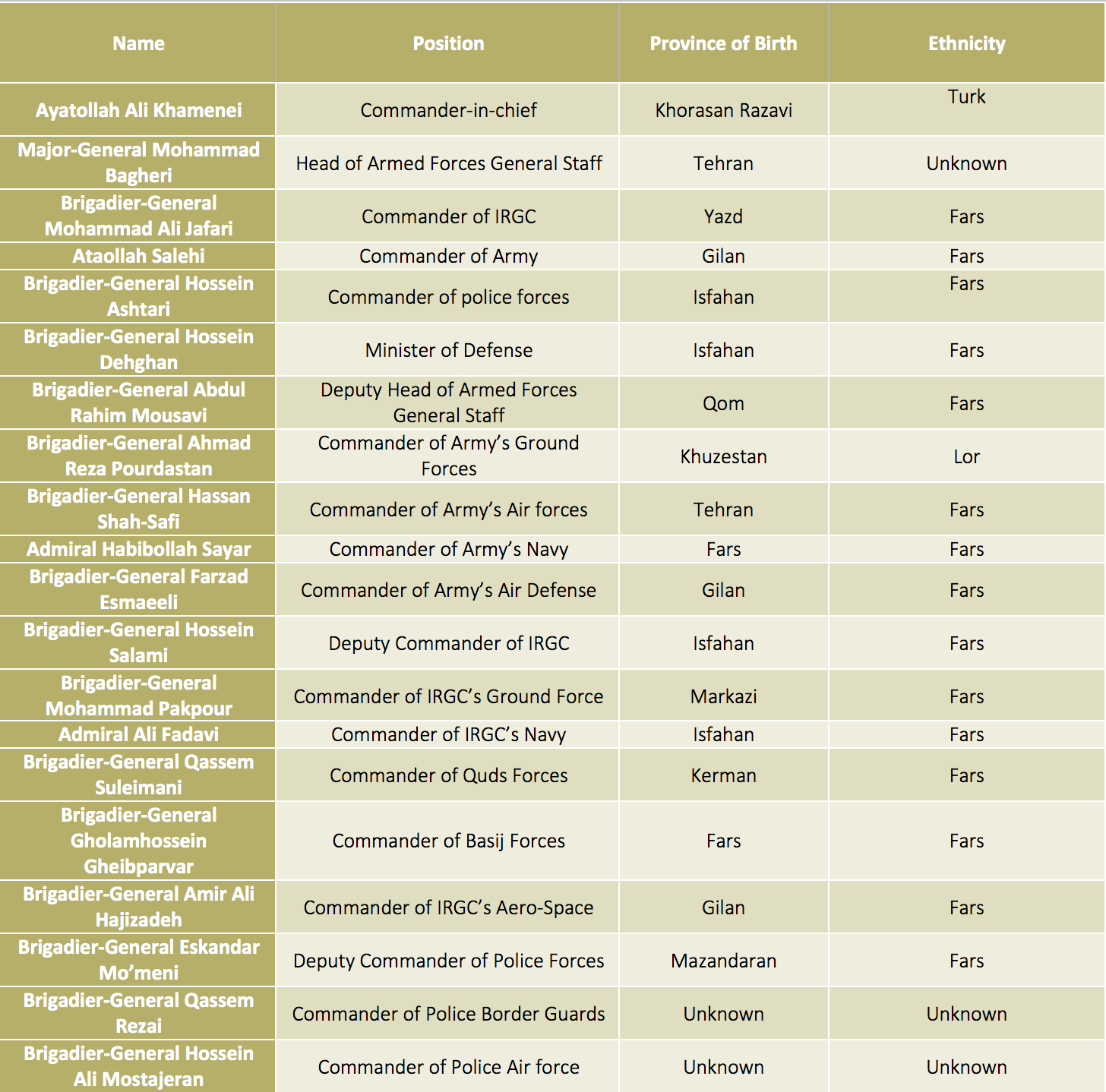
Given the ethnicity of these commanders, the ethnic composition of these senior commanderz in Armed Forces of Islamic Republic of Iran is as follows:

Figure 1 Ethnic Dispersion Senior Commanders of Armed Forces
As it can be seen, 75% of high-ranking commanders of Armed Forces in the Islamic Republic of Iran consists of Fars ethnicity, in which Isfahan Province has most high-ranking commanders.
» Province and Ethnic Composition of Senior Officials in Legislative Branch
The legislative branch is one of the key pillars of the Islamic Republic of Iran, which is in charge of preparing and ratifying general laws of the country. The legislative branch has two main parts: the Islamic Parliament and the Guardian Council. In the Islamic Parliament, the lawmakers who are elected by people after being qualified by the Guardian Council to ratify laws for enforcement in the country. The other part is the Guardian Council which is in charge of overseeing over ratifications of the Islamic Parliament and adjusting them with laws of the constitution and Sharia. The majority of Islamic jurists in the Guardian Council decide whether Parliament’s ratifications are in contradiction with Islamic verdicts or not, and the majority of all members of the Guardian Council decide whether these ratifications are against the constitution or not.
Ethnic composition of Guardian Council’s members- as an influential council in the Islamic Republic of Iran- is as follows:

As it can be seen, Isfahan with 4 members has the most share in this council, and ethnic composition of the Guardian Council is as follows:
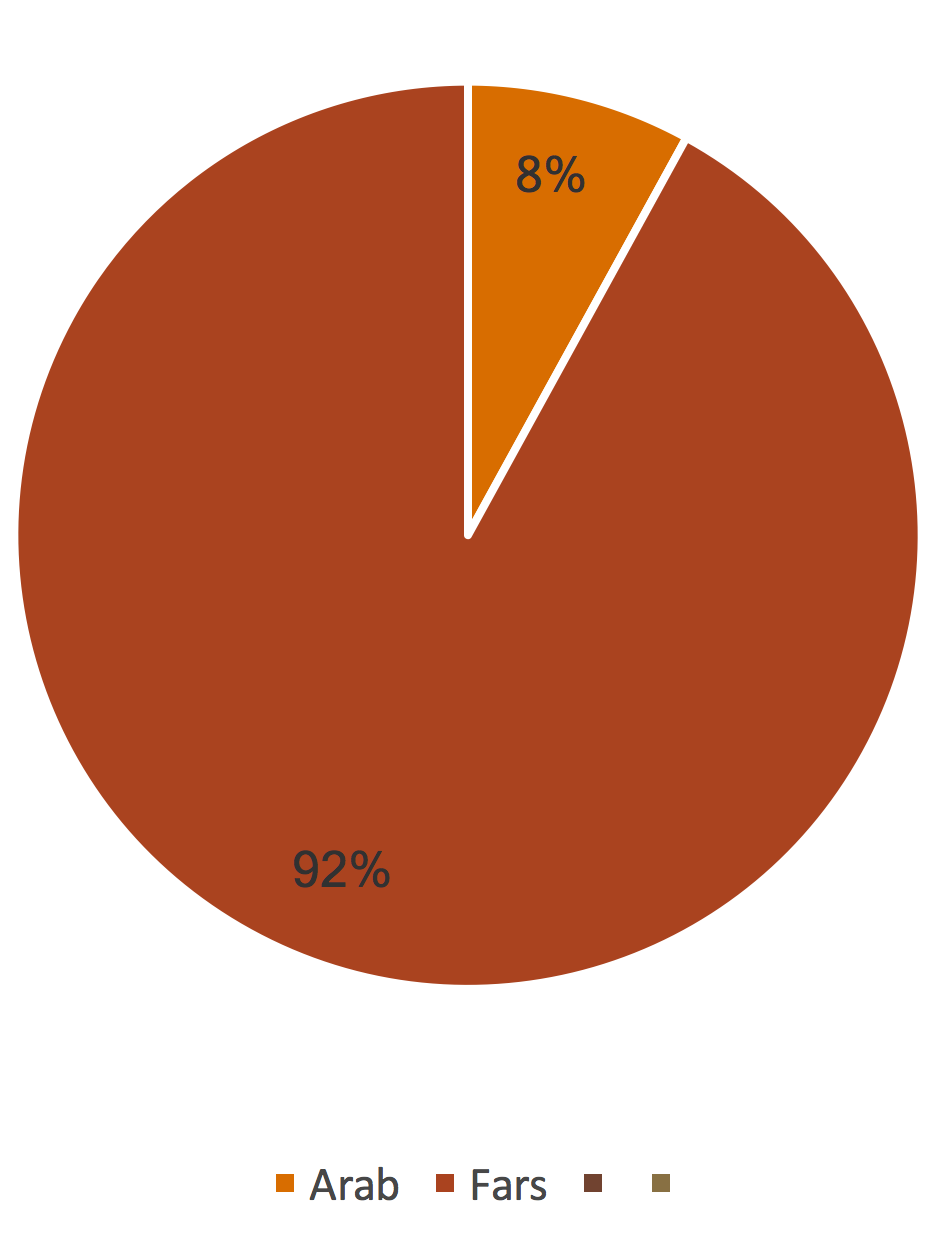
Figure 2 Ethnic Dispersion of Guardian Council’s Members
Composition by the province of senior officials in the Islamic Parliament that are in charge of legislation in Iran is as follows:

Ethnic composition of senior officials in the Islamic Parliament is as follows:
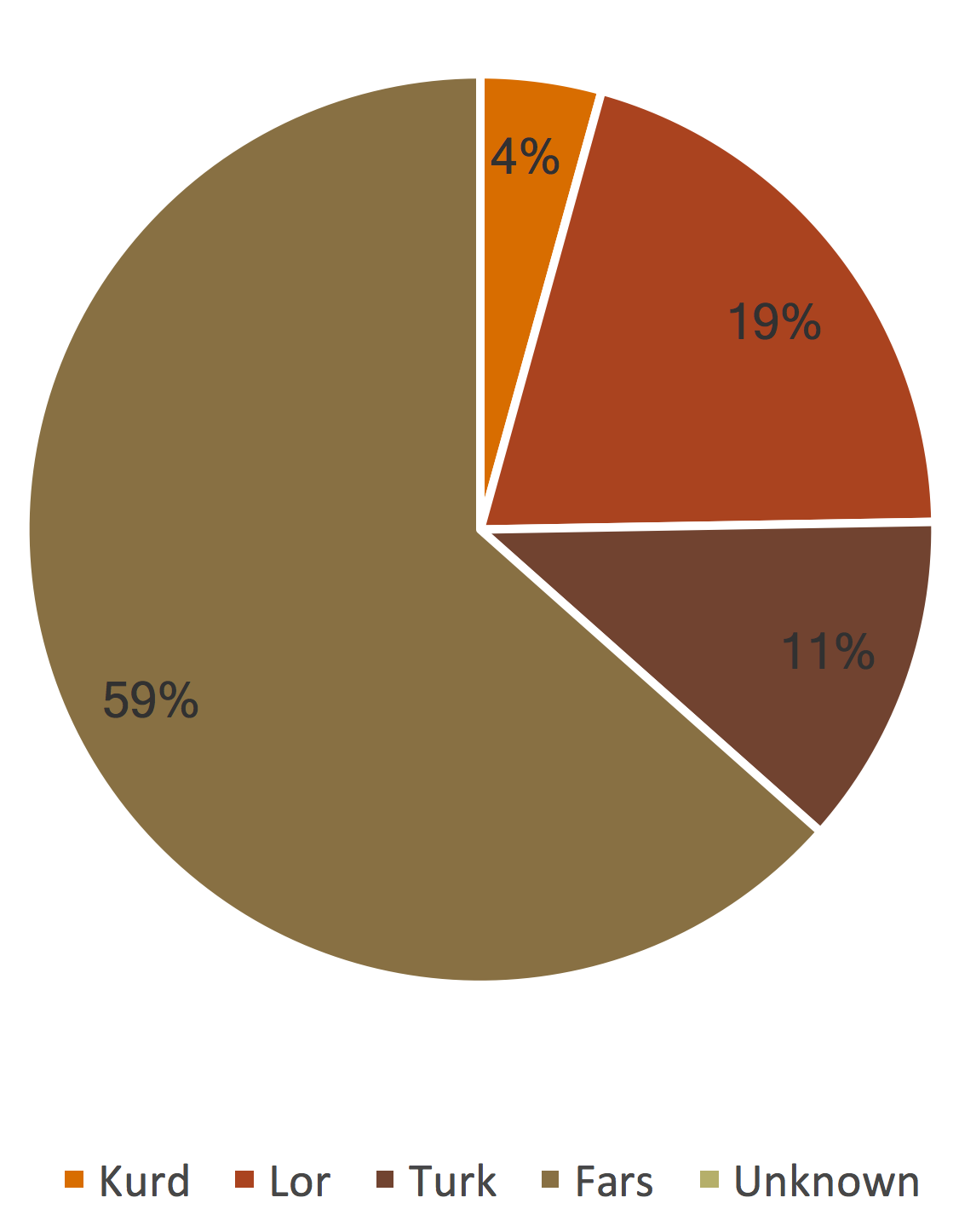
Figure 3 Ethnic Dispersion of Senior Officials in the Islamic Parliament
» Province and Ethnic Composition of Senior Officials in Executive Branch
Headed by a president, the executive branch is one of the three main branches in Iran and is in charge of administering the country based on laws ratified by the legislative branch. According to Article 113 of the Islamic Republic Constitution, one of the most important responsibilities of the president is enacting the constitution, which he can do through supervision, gaining information, inspection and following up. And if one of the principles of the constitution is not executed, the president should act appropriately. In general, the executive branch is divided into two parts: The cabinet as well as deputies and affiliated organizations. Province and ethnic composition of senior officials in the executive branch are as follows:

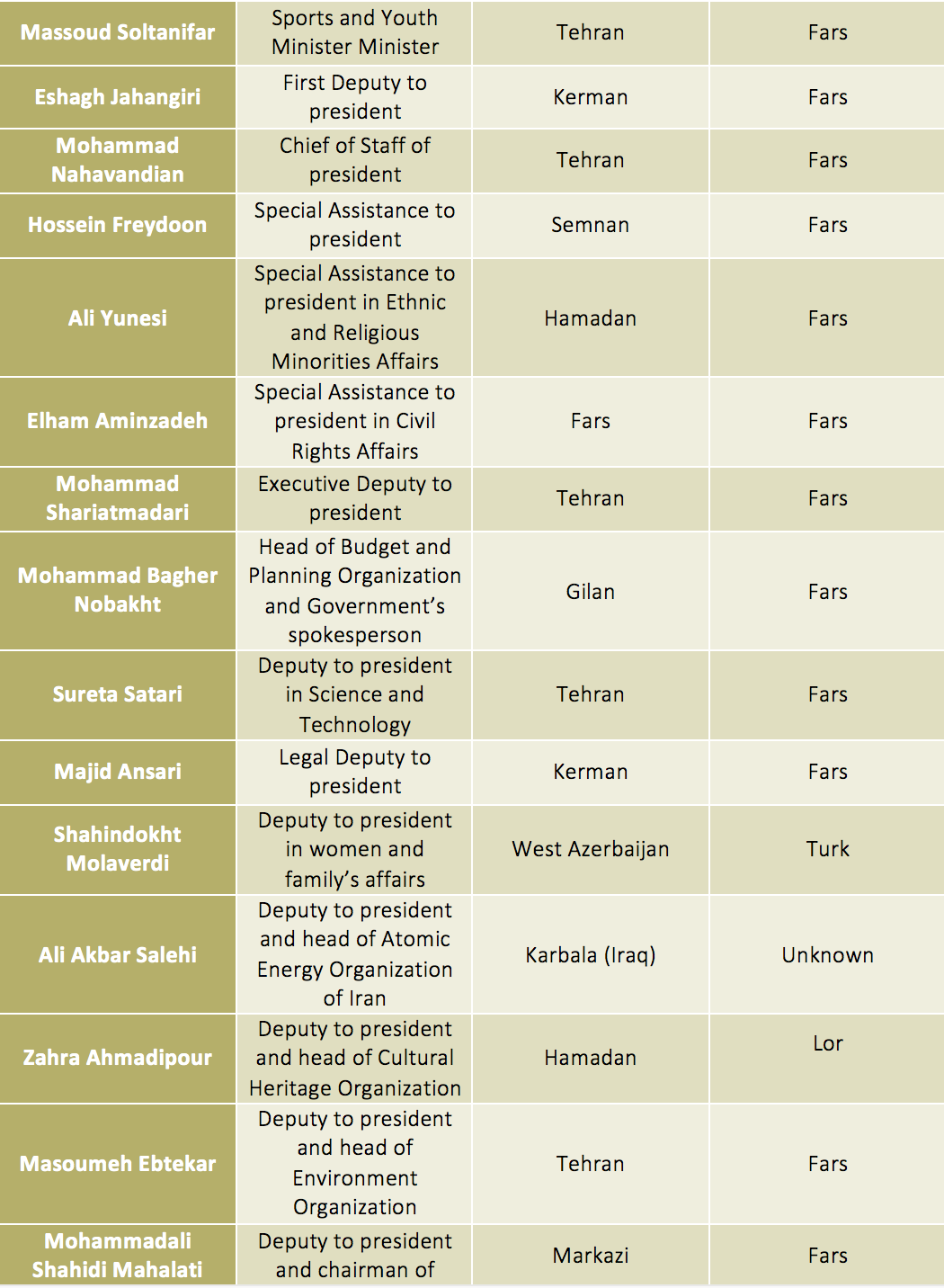

Statistical comparison of the above table shows that Tehran Province with 16 high-ranking officials in the executive branch has the most share in province dispersion among senior officials in the executive branch. Ethnic dispersion of senior officials in the executive branch is as follows:
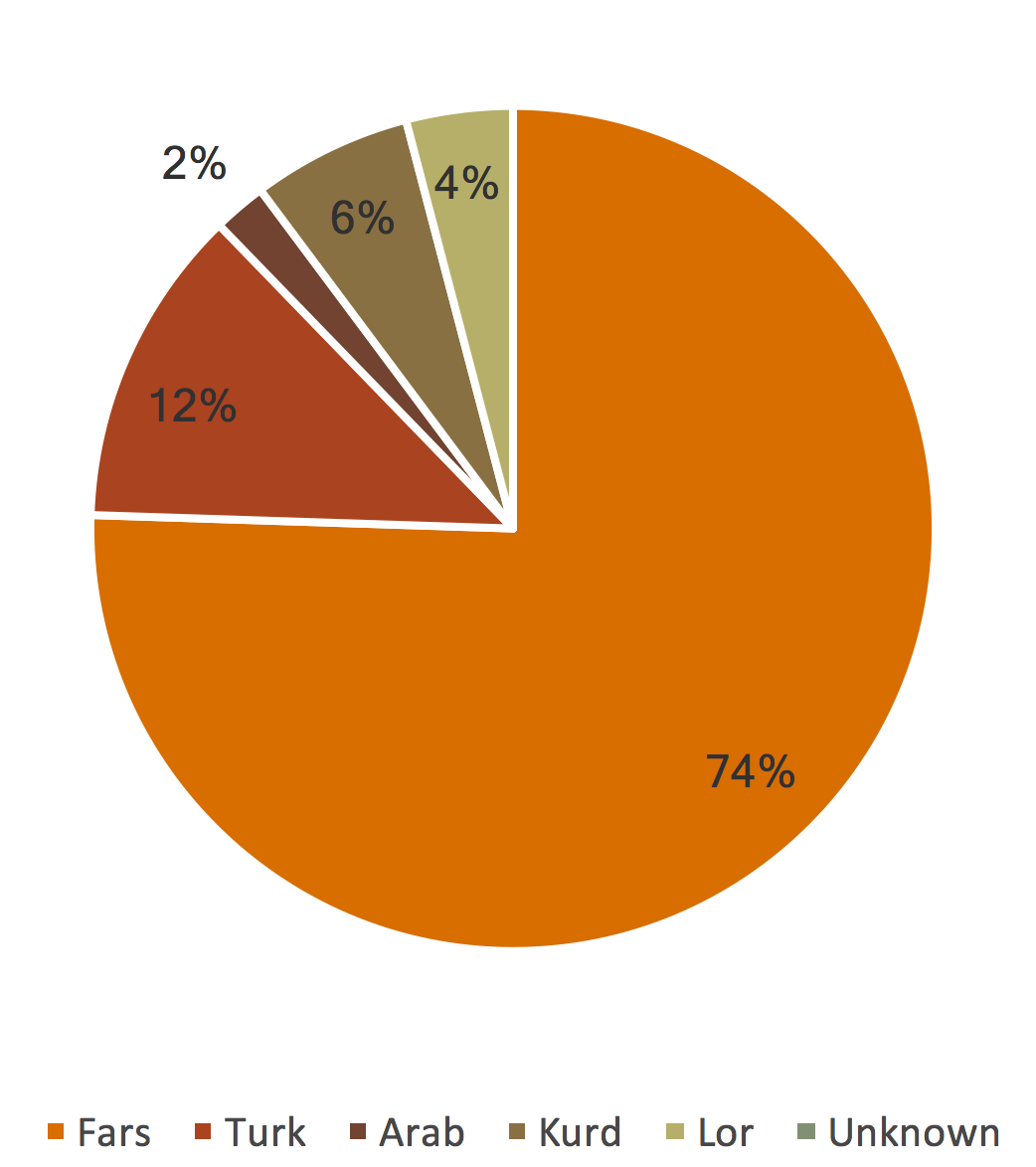
Figure 4 Ethnic Dispersion of Senior Officials in Executive Branch
» Province and Ethnic Composition of Senior Officials in Judiciary Branch
Judiciary system in the Islamic Republic of Iran is founded on Sharia based on Imami Jurisprudence. According to Islamic Republic Constitution, judiciary branch, along with executive branch and legislative branch, acts directly under Guardianship of the Islamic Jurist (Iran’s leader). Head of Judiciary is in charge of organizations such as Supreme Court, Attorney-General, Center for Dispute Resolution Councils, Public Prosecutor’s Office, High Courts for Judges, High Administrative Court, Judiciary Organization for Armed Forces, Provinces’ Justice Departments, Legal Medicine Organization, General Inspection Office, Prisons’ Organization, and Educational Security Measures.
Composition by the province of senior officials in judiciary system is as follows:
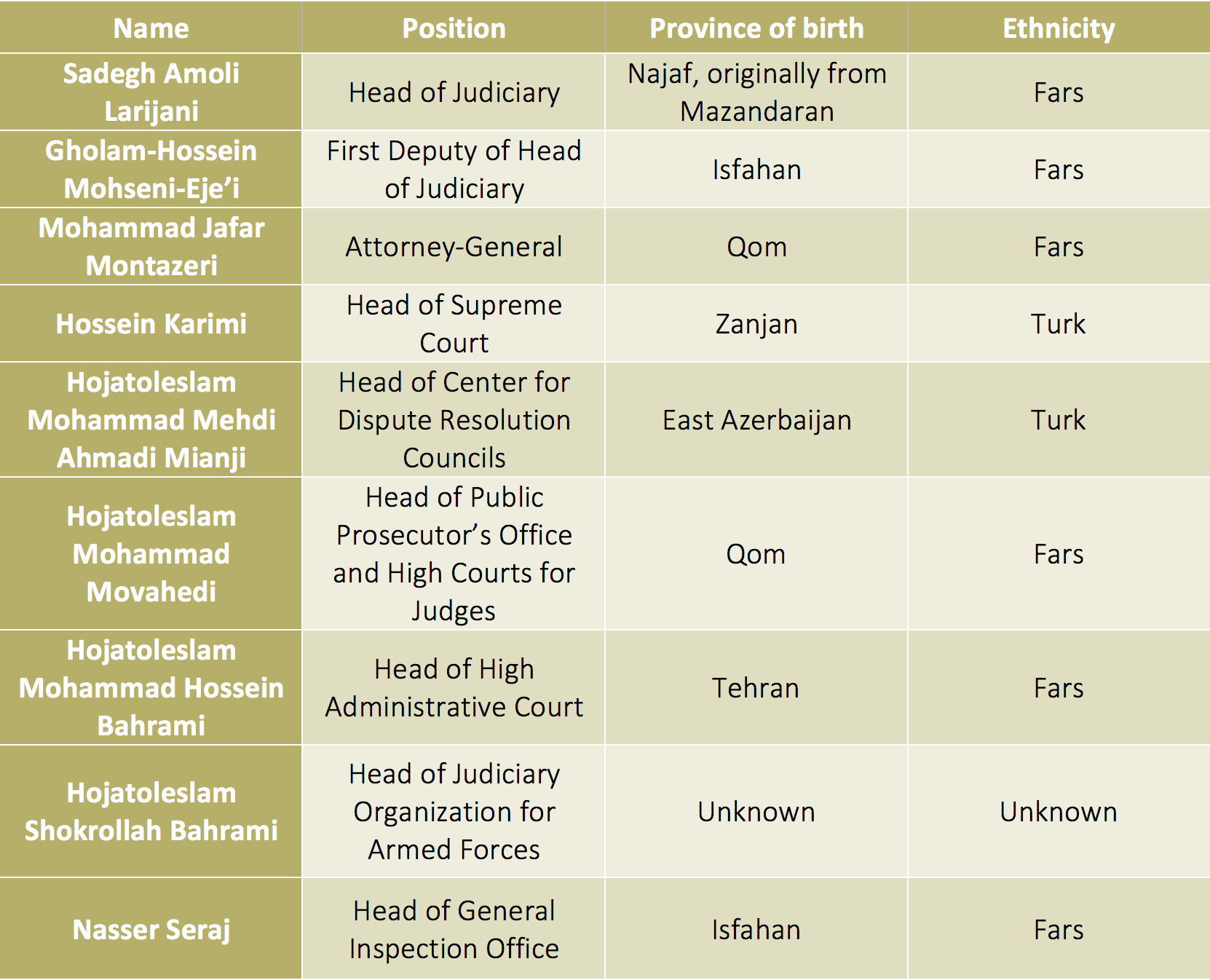
Given the above table, the ethnic composition of officials in judiciary branch is as follows:
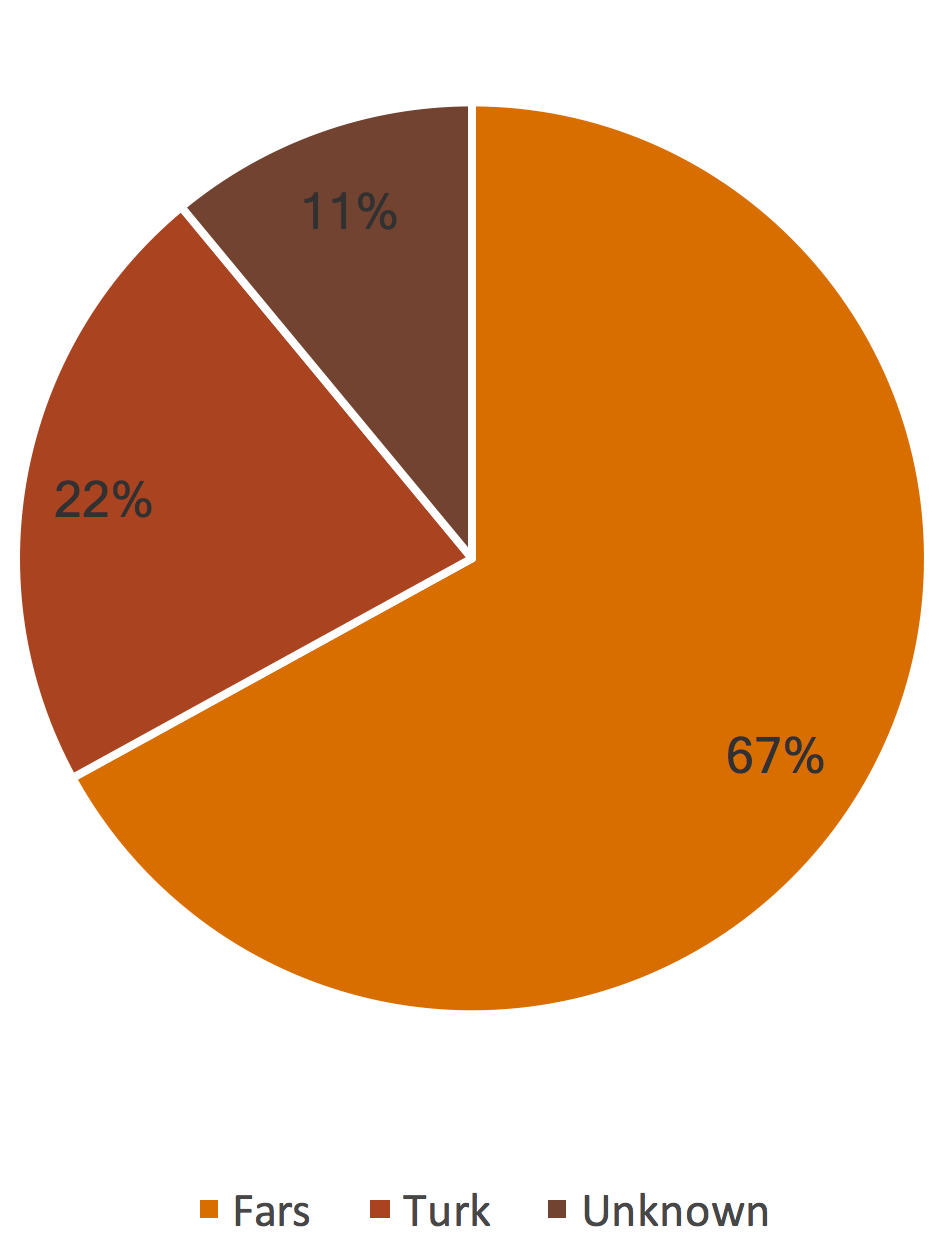
Figure 5 Ethnic Dispersion of Senior Official in Judiciary Branch
» Province and Ethnic Composition of Members of Expediency Discernment Council
Expediency Discernment Council is considered as a critical political pillar in Iran, whose main function is creating a balance between Guardian Council and the Islamic Parliament. At cases when there are differences over lawmakers’ ratifications between Islamic Parliament and the Guardian Council, then Expediency Discernment Council acts definitively as an intermediary. In this council, there are 44 permanent members and one guest member, in accordance with the issue at hand. The Iranian Leader appointing the permanent members every 5 years. The most important responsibilities of this Council are discerning the expediency between views of the Islamic Parliament and the Guardian Council, preparing and proposing drafts for general policies of the regime (Islamic Republic) as stipulated in Paragraph 1 of Article 110 of the constitution, resolving the regime’s problems as referred by the leader, and announcing its opinions as to queries made to this Council.
Composition by the province of members of this council are as follows:
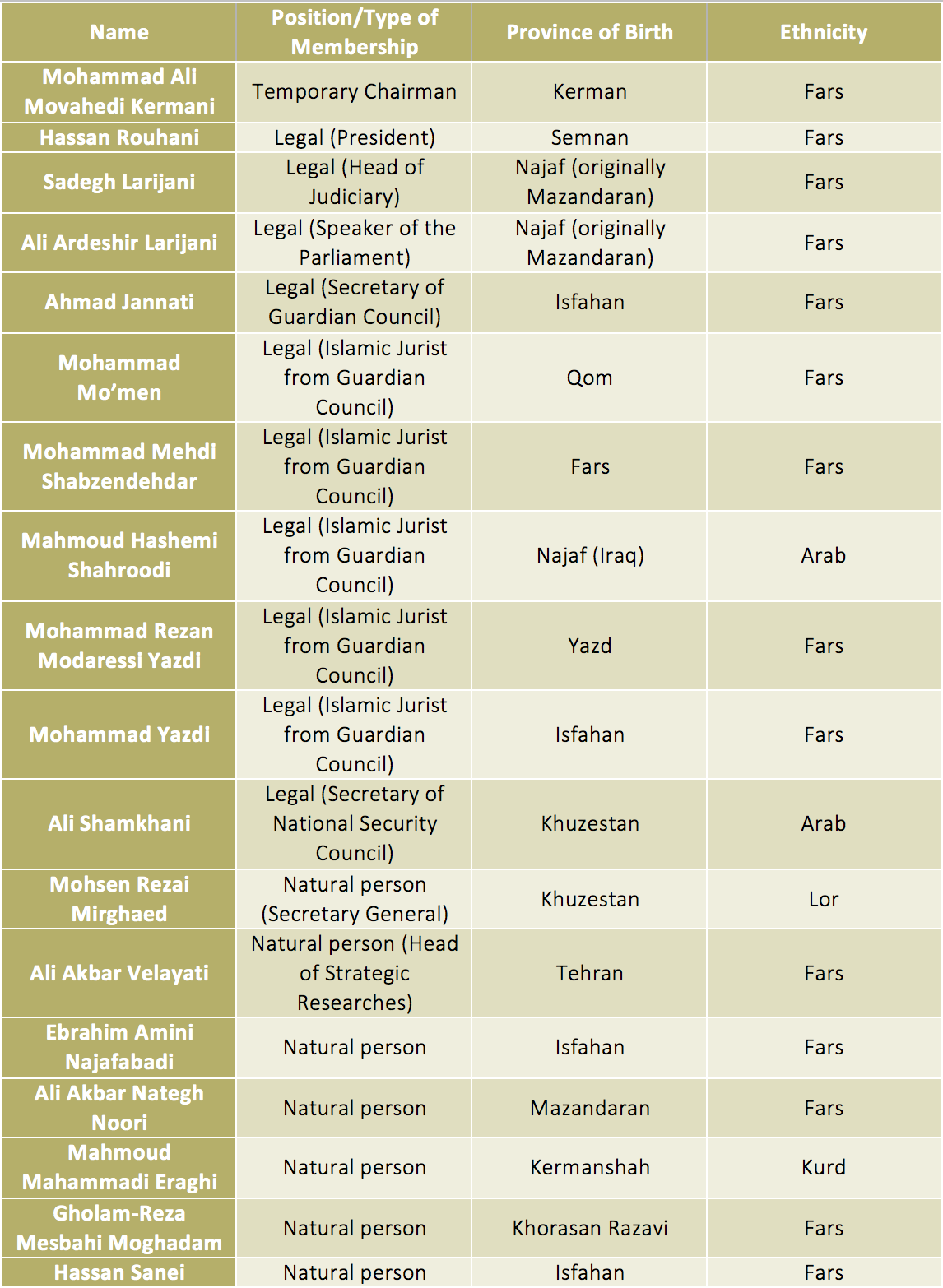
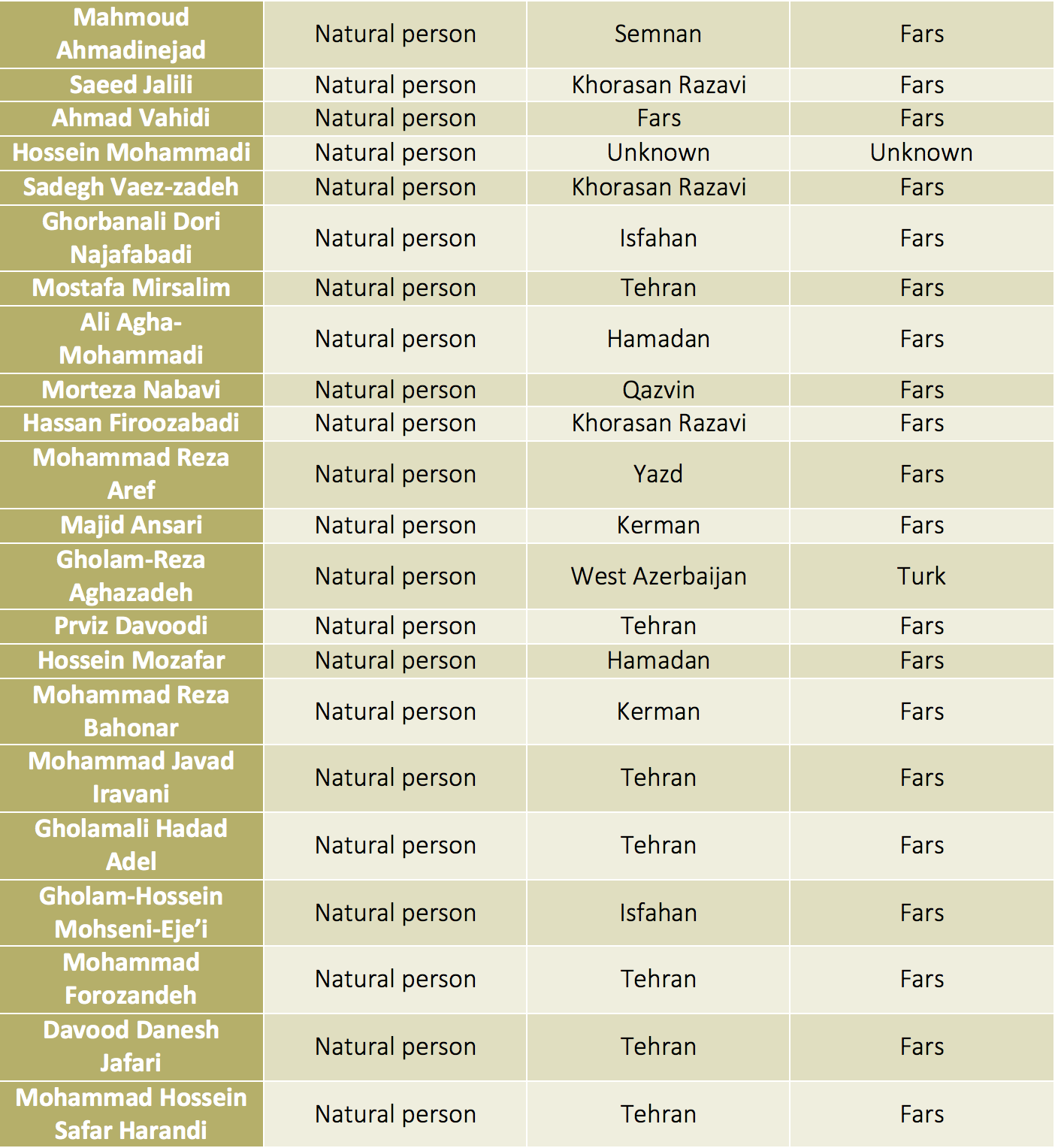
Given the above table, the ethnic composition of members of Expediency Discernment Council is as follows:
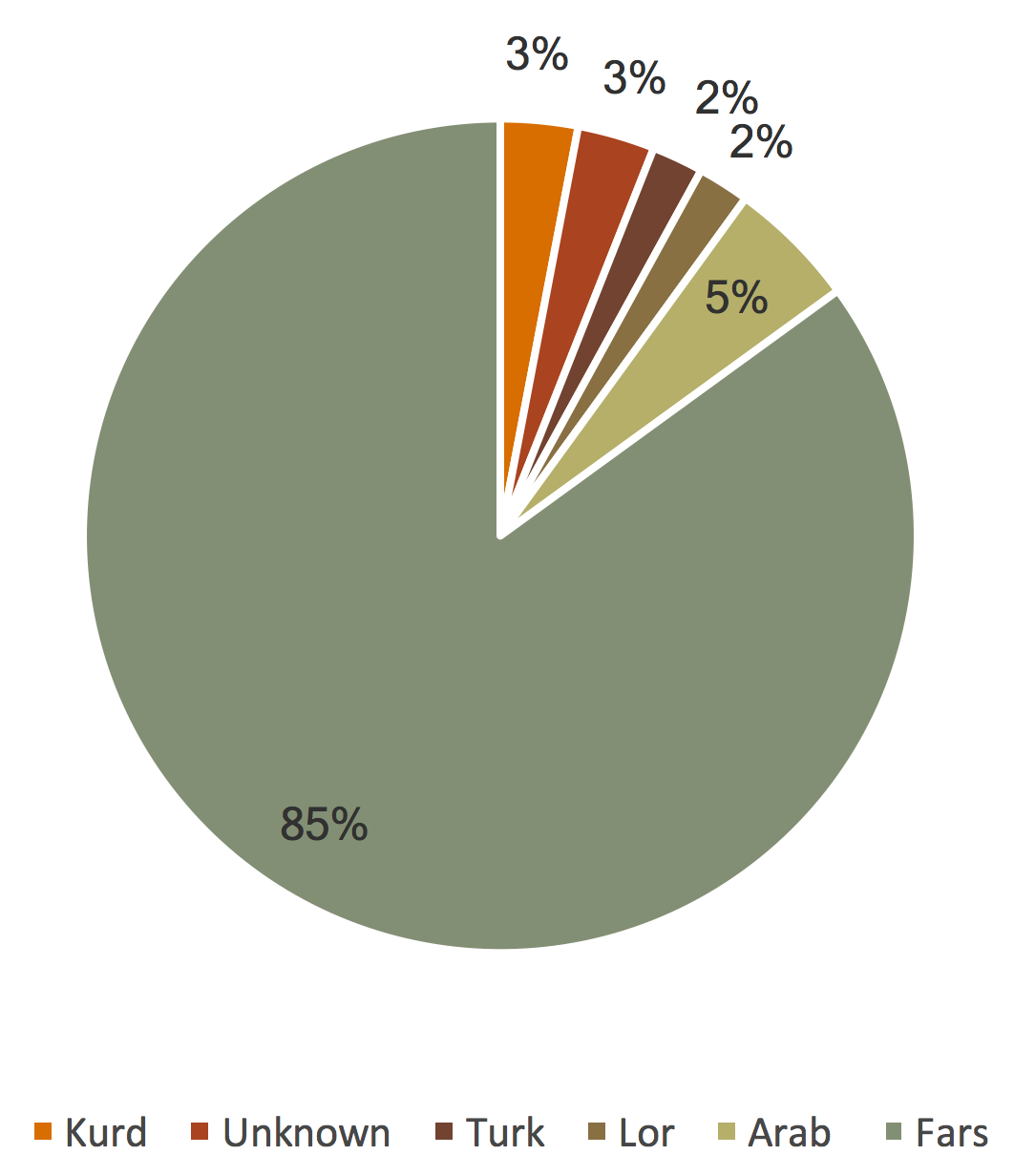
Figure 6 Ethnic Dispersion of Members of Expediency Discernment Council
» Province and Ethnic Composition of Board of Directors of Assembly of Experts
Assembly of Experts consists of competent Islamic jurists who, according to Article 107 of Islamic Republic Constitution, are in charge of appointing the leader of Islamic Republic. Members of this assembly are chosen through elections, and by people’s direct and secret votes for eight-year terms. In implementing articles 1 and 2 of this assembly’s regulation, 88 experts are elected to this assembly. Some lawyers believe that the title of this assembly is not in accord with its representatives’ function, because the main duty of these representatives is appointing the leader, who, according to Article 109 of the constitution, should have 8 conditions such as jurisprudence, management, etc. to be appointed by representatives of this Assembly. But these representatives only focus on expertise in Islamic jurisprudence. Therefore, either the title of this assembly should be changed to Assembly of Islamic Jurisprudence Experts, or its regulation should change to include representatives from other specialties, other religions as well as the other gender (women).
Composition by the province of the current board of directors (5th term) of Assembly of Experts is as follows:

Given the above table, the ethnic composition of this assembly is as follows:

Figure 7 Ethnic Dispersion of Board of Directors of Assembly Experts
» Province and Ethnic Composition of Iran’s National Security Council
National Security Council is an important council in military-political structure in the Islamic Republic of Iran, whose responsibilities are defense-security policies of the country within the general policies specified by the leader, coordinating political, intelligence, social, cultural and economic activities in relation to general defense-security measures, using material and spiritual resources of the country to confront internal and external threats.
Composition by the province of current members of National Security Council of Islamic Republic of Iran is as follows:

Ethnic composition of this council is as follows:
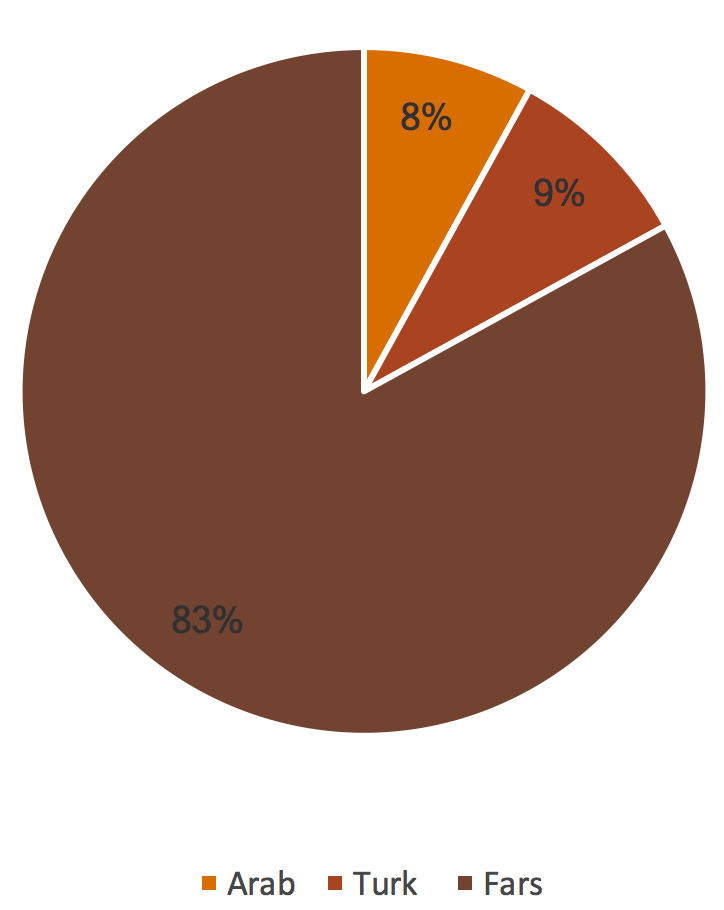
Figure 8 Ethnic Dispersion of Members of Supreme National Security Council
» Province and Ethnic Composition of Supreme Council of Cultural Revolution
Supreme Council of Cultural Revolution is considered as a supreme authority in policy making, determining policies, decision making, coordination and guidance in cultural, educational and research affairs in the country within the framework of general policies of the Islamic Republic of Iran, and its decision and ratifications are as enforceable as laws.
Composition by the province of this influential council in cultural policies of Islamic Republic of Iran is as follows:
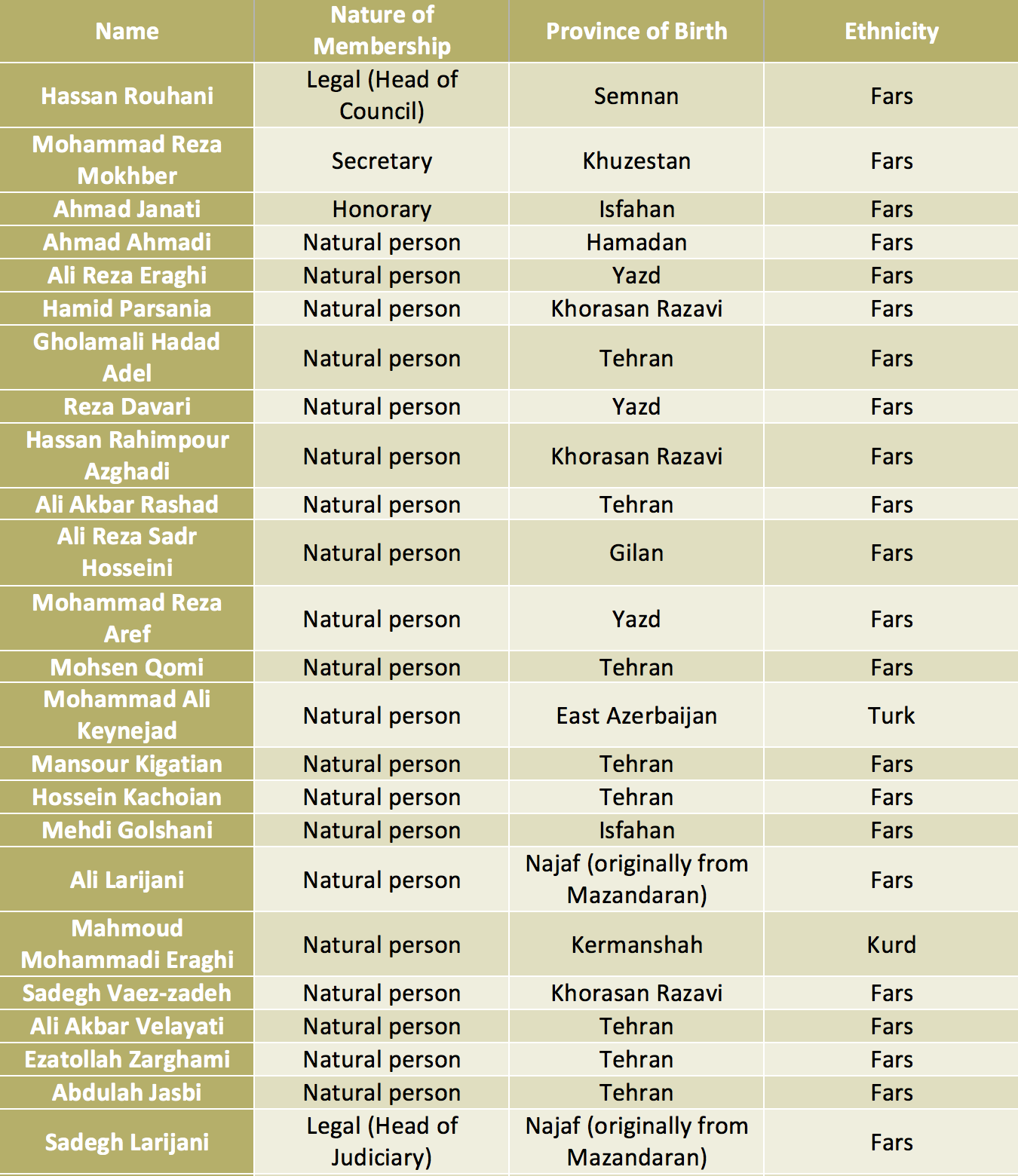
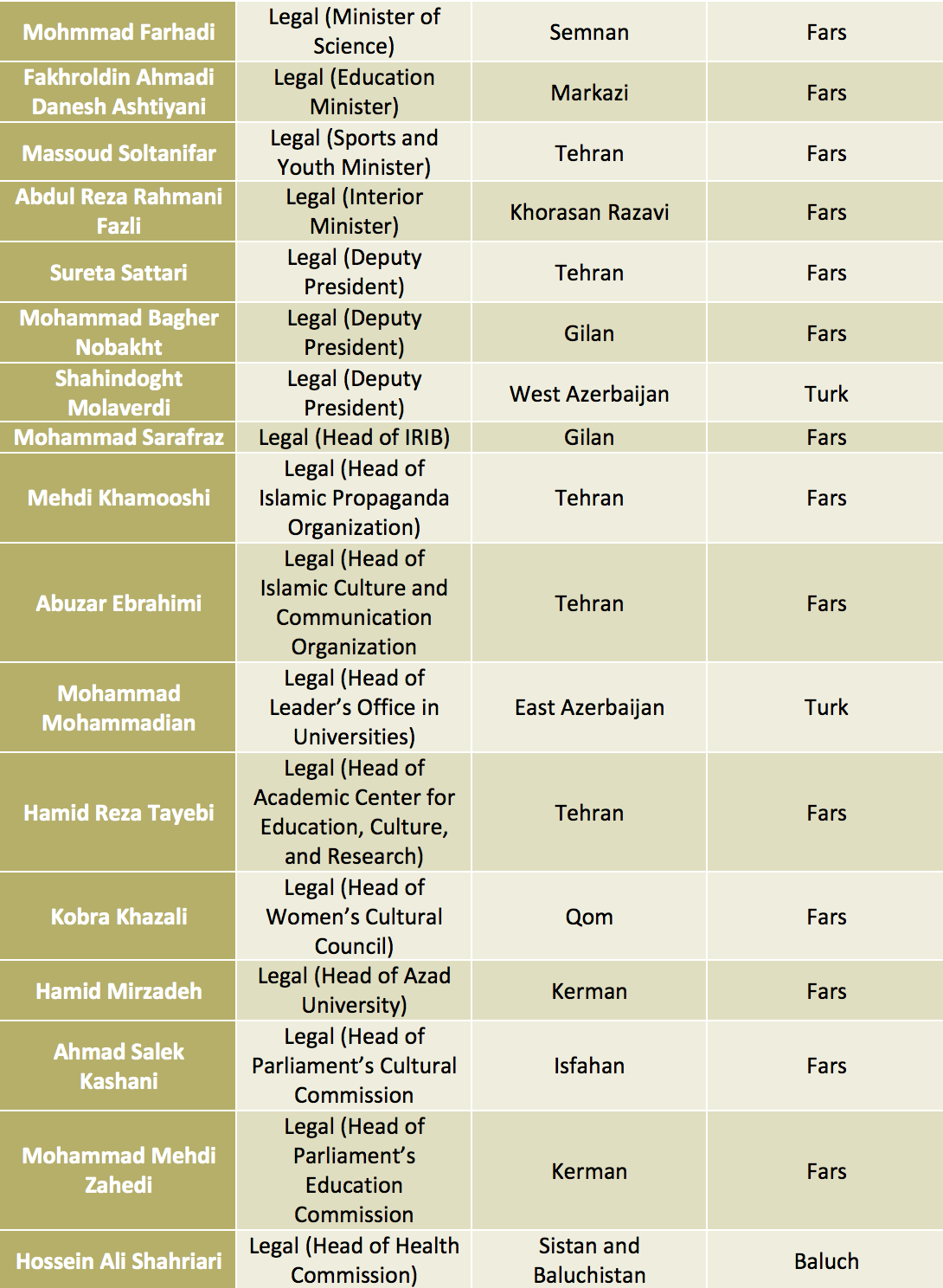
Ethnic composition of Supreme Council of Cultural Revolution, which is an important authority in decision making and even legislating for cultural policies in Iran, is as follows:
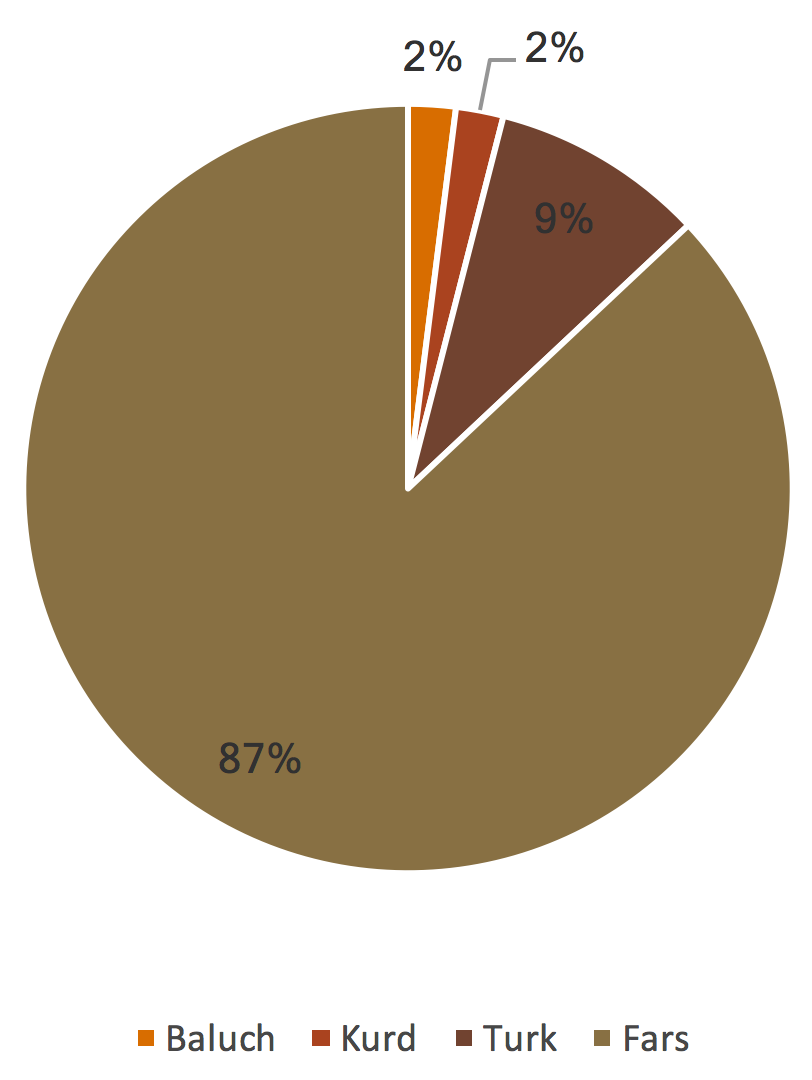
Figure 9 Ethnic Dispersion of Members of Supreme Council of Cultural Revolution
» Conclusion
In this report, statistical dispersion of senior officials of the Islamic Republic of Iran was studied. The term “senior official” was taken from the book called “Introduction to Governmental and Military Structure of Islamic Republic of Iran and Perspective Document,” published by President’s deputy in Development of Management and Human Capital (in Training Center for Governmental Management). In this book, which introduces the political structure of the Islamic Republic of Iran, the term “senior official” is also defined. With referring to this structure, 216 senior officials in the Islamic Republic of Iran are in the highest position, whose ethnic composition is as follows:

It can be seen in the following chart:

Figure 10 Ethnic Dispersion of High Ranking Officials in the Islamic Republic of Iran
As it can be seen, 78% of high-ranking positions in Iran exclusively belong to Fars ethnicity. Composition by the province of these positions is as follows:

» Additional Explanations:
After publication of the study above, some researchers from different ethnicities sent messages and mentioned a few points about it, which will be added to it to complete the statistical approach:
Journalist Yusuf Azizi Banitorf, researcher and Arab activist said: First, Hashemi Shahroudi is not an Arab, but like Khamenei, Larijani and others who were in Najaf has learned Arabic, and of course, he cooperated with organizations opposed to Sadam Hossein. He is not Iraqi Arab or Ahvazi Arab, but as his name indicates, he is from Shahroud and is originally Farsi-speaking. So please correct this. Second, like Loris, Gilaks are not Fars. And it is better not to include Gilak officials under Fars category, but rather put them under Gilak ethnicity. Let’s not forget that Forest Movement led by Mirza Kuchik Khan was after the independence of Gilan and teaching Gilaki language in schools.
Some Baluch friends sent messages, saying that even though Hossein Ali Shahriyari, head of Health Commission in the Islamic Parliament, was born in the city of Zabol in Sistan and Baluchistan, he is not Baluch, and must be categorized under Fars ethnicity.
Some friends wanted it to be corrected that Khomeini’s mother was from Fars ethnicity, and even though his grandfather was from the city of Khamene in East Azerbaijan, Ali Khamenei has never referred to himself as an Azari Turk and has many times considered himself as Fars.
